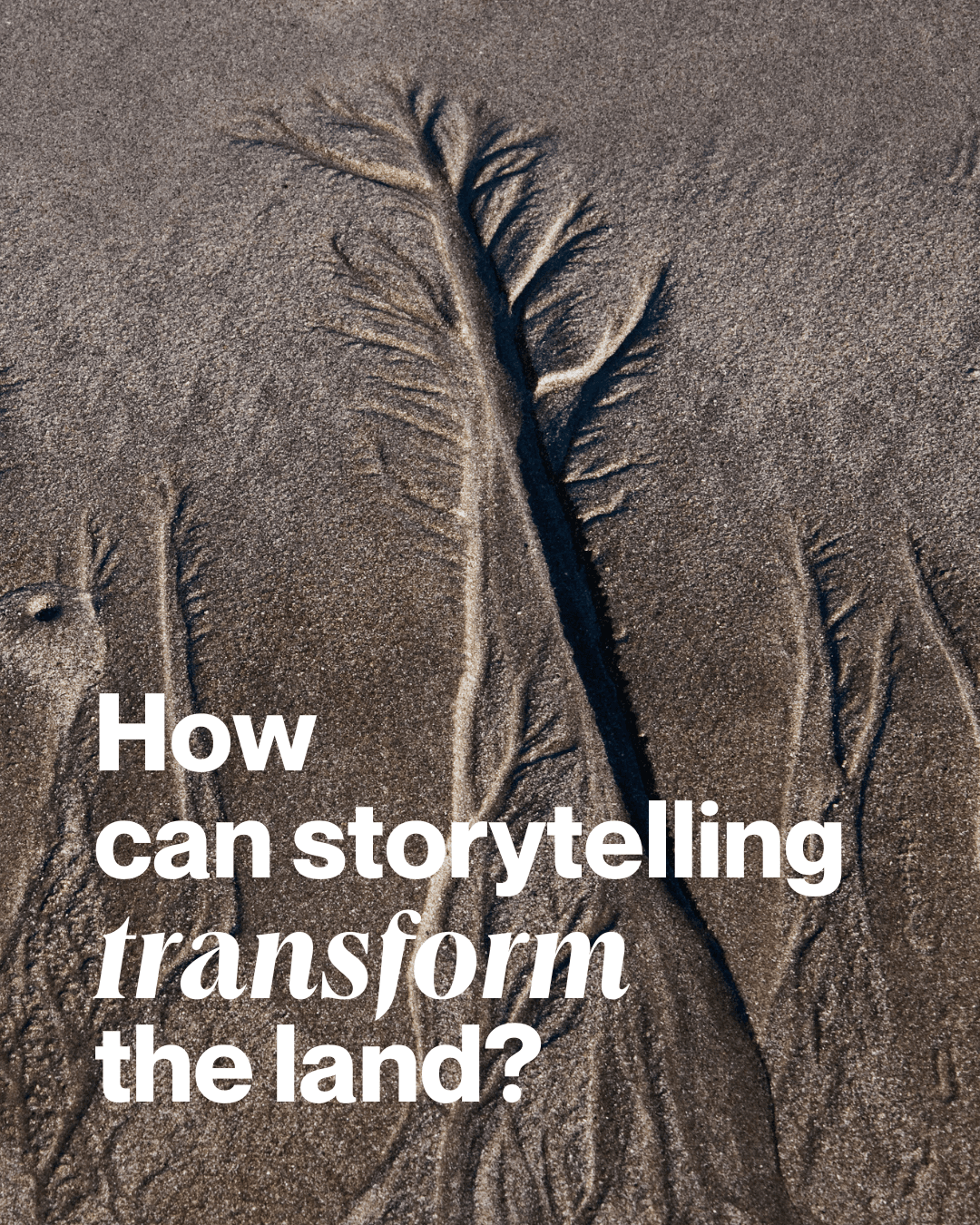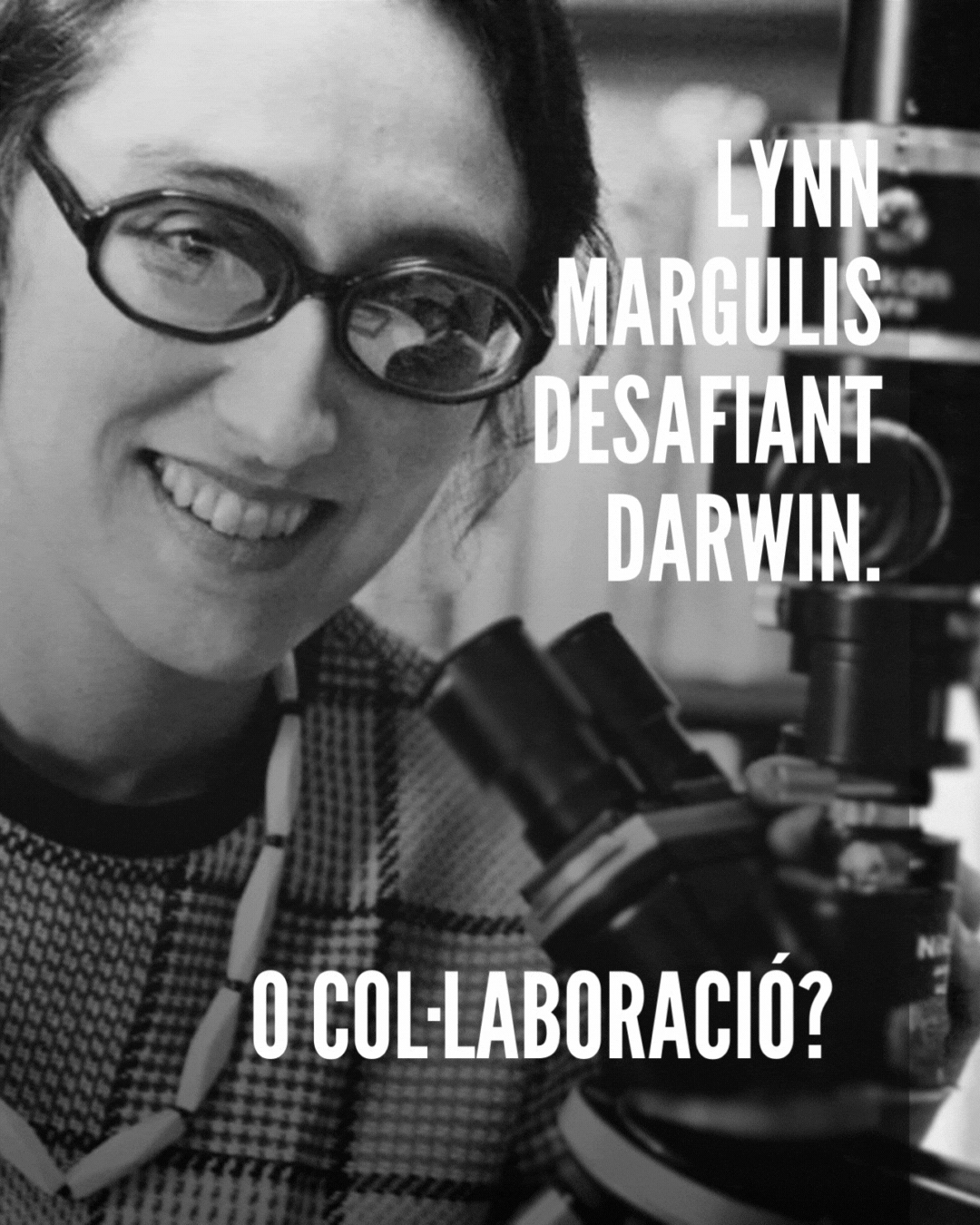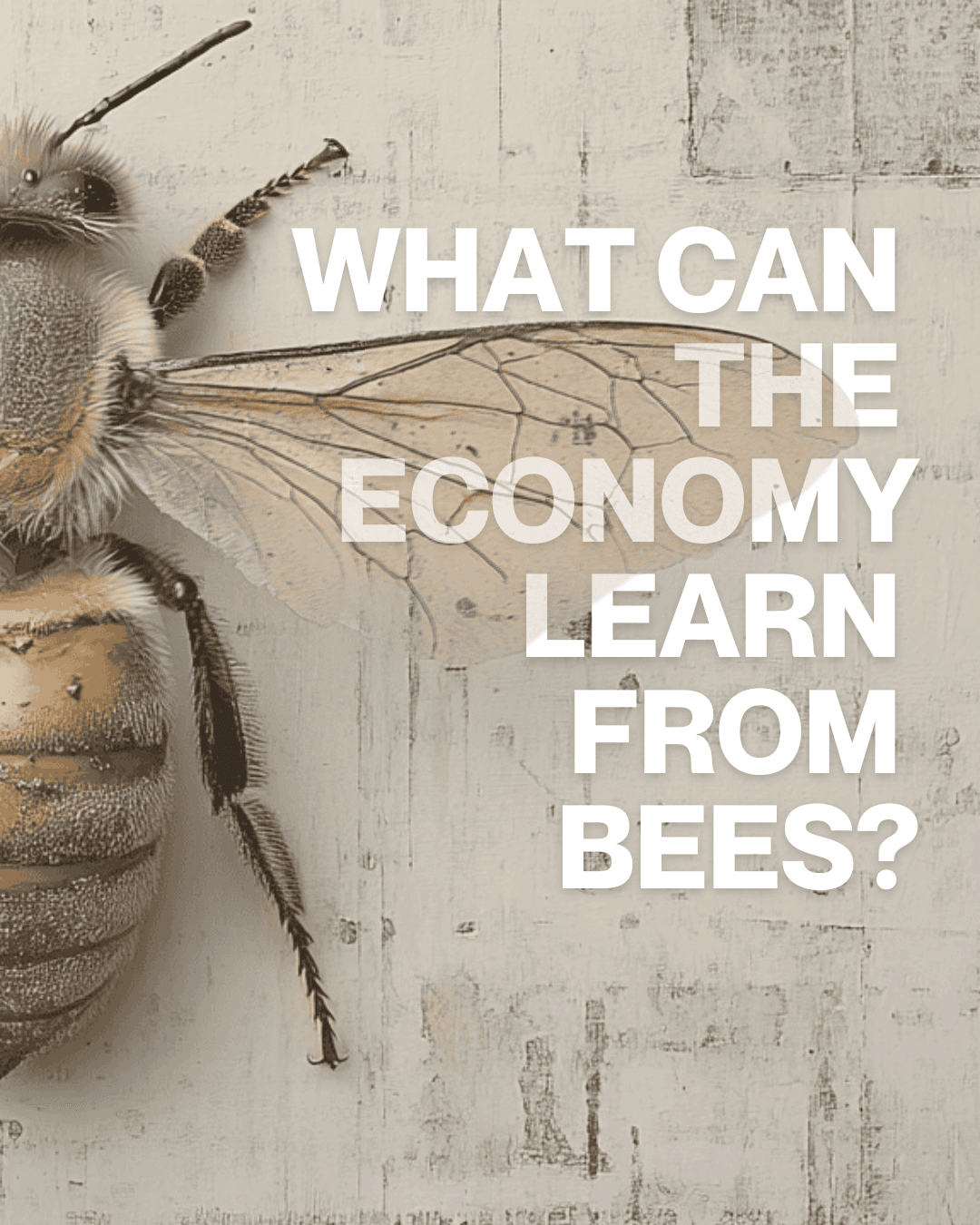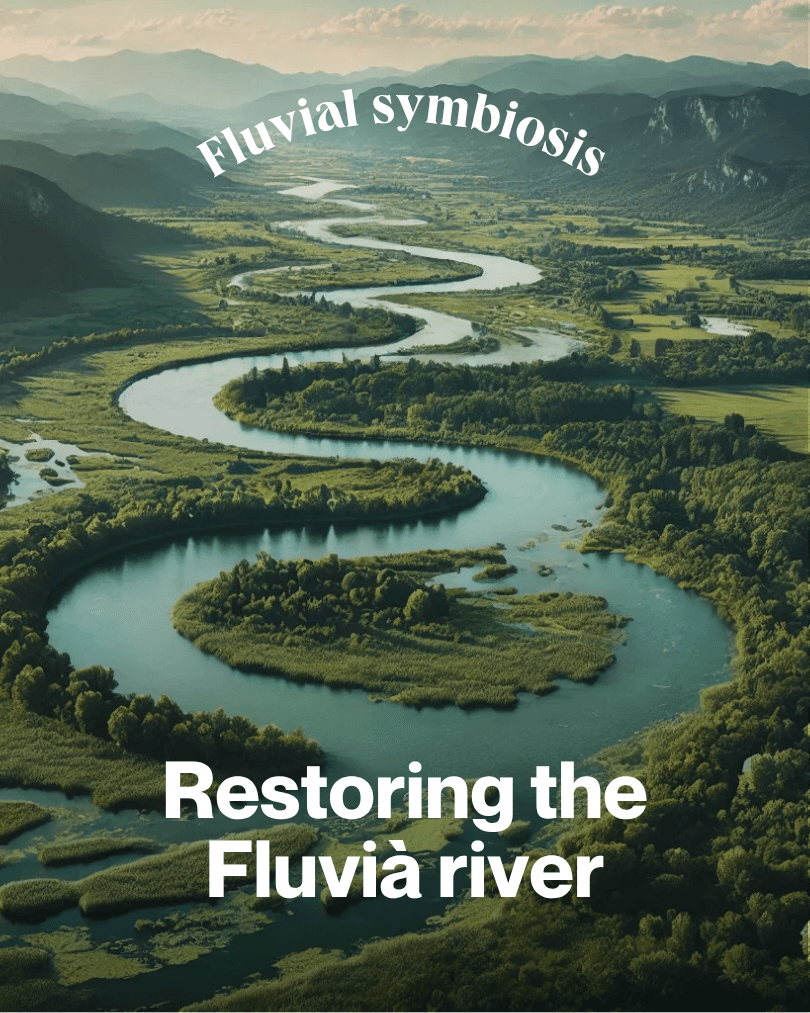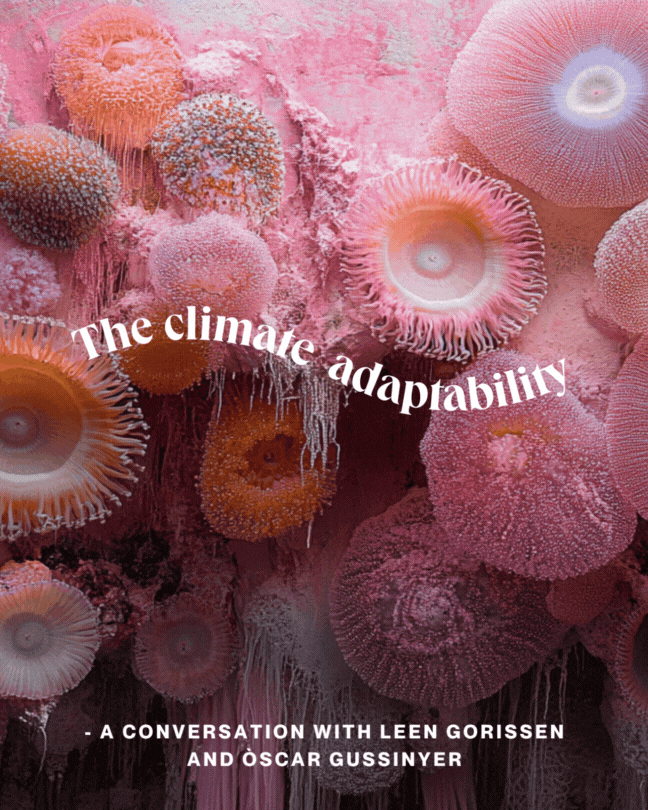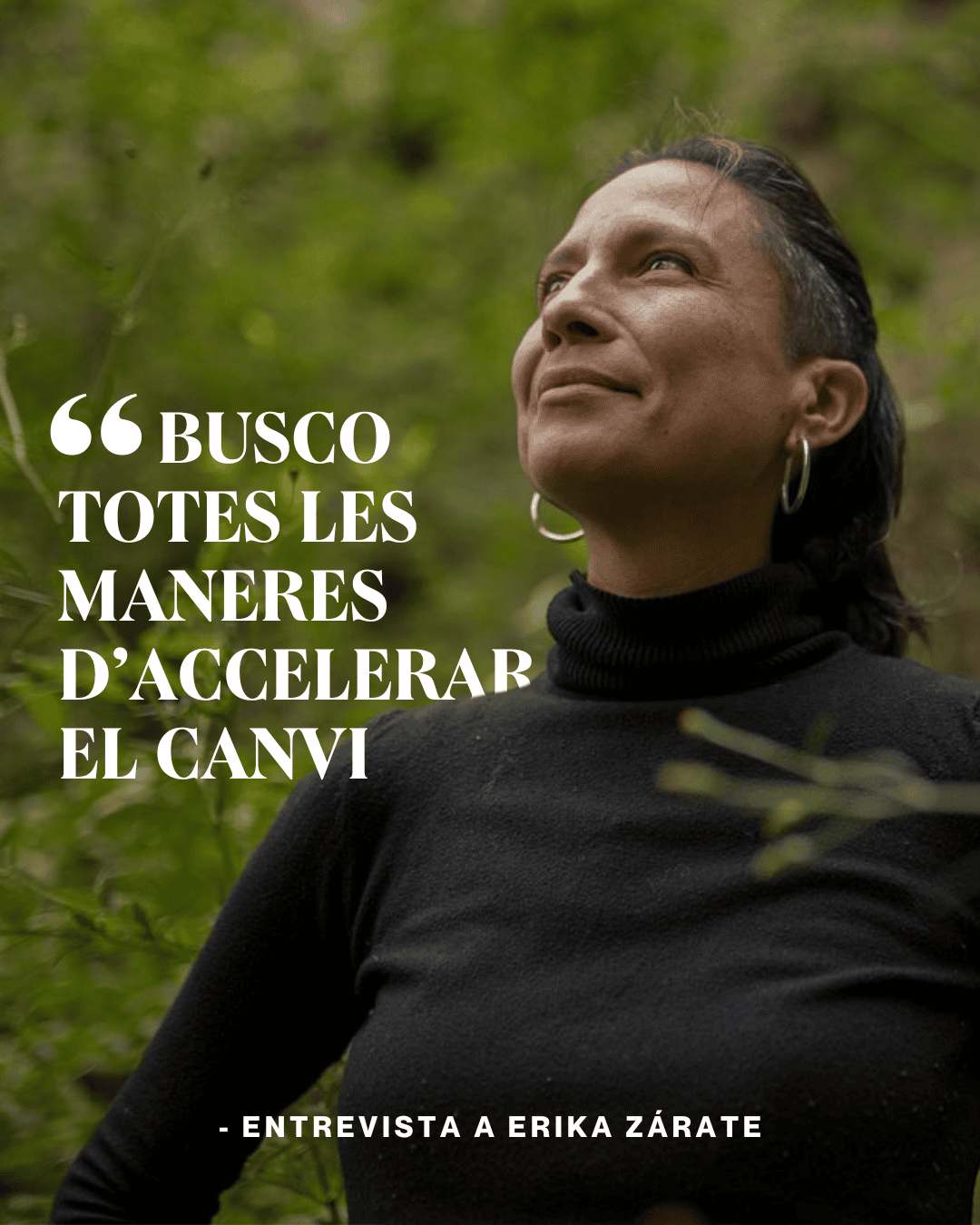Social Biomimetics
If nature operates as a superorganism, what does it mean for us to stop functioning in isolation?
Mimetize life
Social biomimetics is a discipline that applies the principles, patterns and strategies observed in natural ecosystems to human systems, in order to improve their resilience, adaptability and regeneration. This practice is based on the idea that natural systems, such as ecosystems and body societies, have evolved to solve complex challenges efficiently through cooperation, self-regulation and interconnection. Social biomimetics seeks to transfer these principles to social, business and community organization, promoting more collaborative and regenerative dynamics that favor balance, diversity and sustainability locally and globally.
In this context, social biomimetics uses the study of interactions between natural elements and their ability to self-regulate and adapt to changes to design more effective and regenerative organizational and governance models. This includes the implementation of nature-based solutions, such as the use of ecological patterns in decision-making processes, the creation of cooperative spaces and the establishment of support networks that reflect the cycles and dynamics of nature. The goal is to build human systems that are more resilient, flexible and able to respond more effectively to social, economic and environmental challenges.
This approach gives social and ecological systems the capabilities to face impacts, adapt to changes and evolve into new forms of balanced functioning. To overcome current challenges, it is essential that humans learn to align and harmonize with living systems that surround them.
“Nature seeks to value and connect the various ways in which life is expressed. This increases the capacity of the ecosystem, or metabolism, to perform its functions in efficient and intelligent ways. This is what Resilience.Earth does in human systems! For life.”
- Melina Angel, co-author of the biosystem, leader of Colombia Regenerativa and the Global Network of Regenerative Communities. Evolutionary biologist and teacher in Biomimesis.
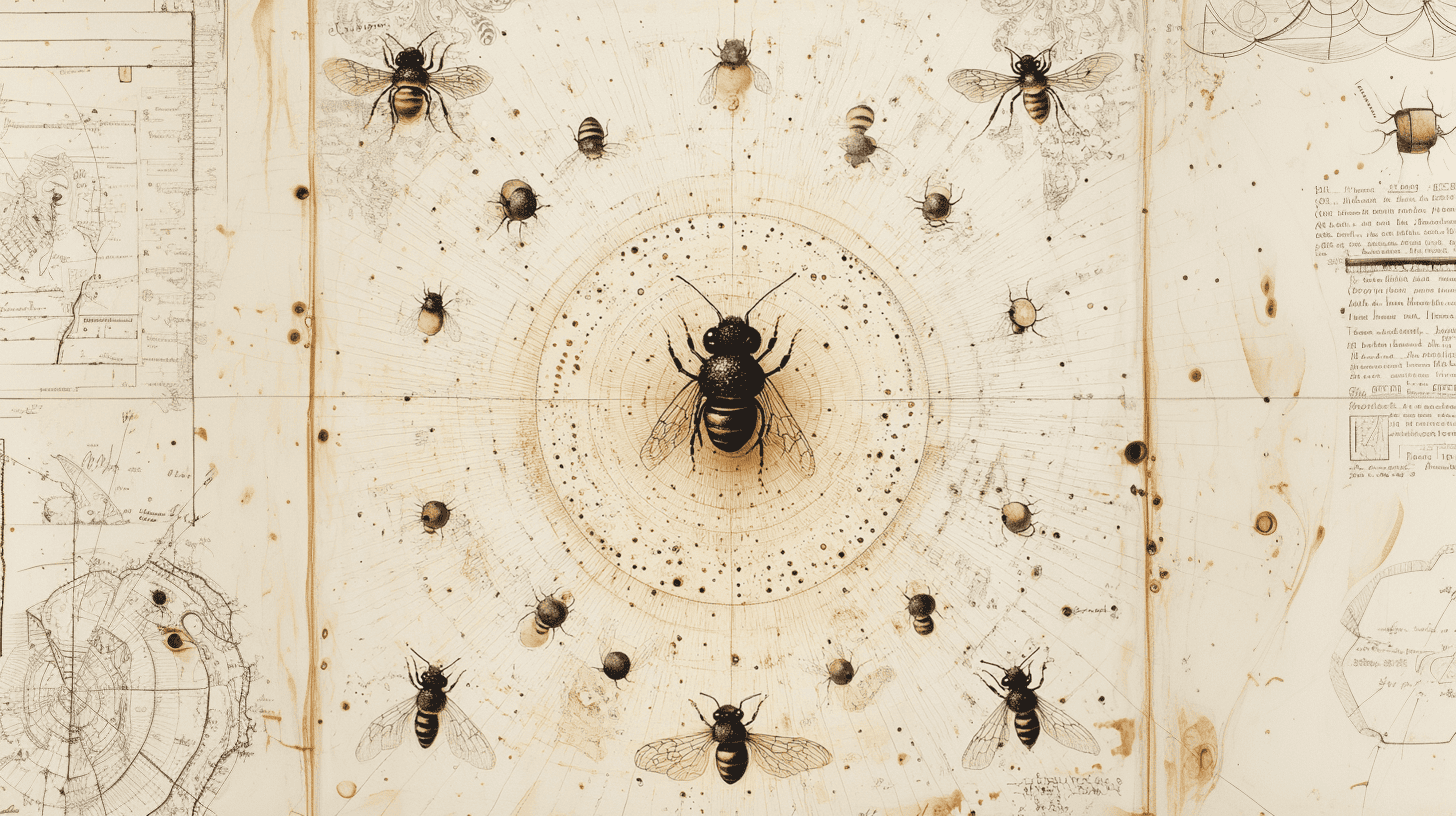
ancestral innovation
Biomimicry: Innovation Inspired by Nature, published in 1997, introduced the idea that innovative designs and solutions could be inspired by nature strategies. Benyus highlighted how nature has perfected its own strategies over millions of years to solve problems such as energy efficiency, sustainability and self-regulation. This work laid the foundation for the development of biomimetics as a field that extrapolates natural processes to human designs, in an attempt to create more efficient and harmonic solutions.
Another key thinker in the development of social biomimetics is Toby Herzlick, who explored how the principles of nature could be applied not only to product designs, but also to social and economic systems. Herzlick pioneered the integration of biomimetics in human organizations and helped conceptualize how natural dynamics could inspire more efficient and regenerative governance models and business organization. Herzlick was an advocate for the creation of more autonomous and self-organized systems that could respond quickly to changes in their environment, taking advantage of the self-regulation mechanisms observed in nature.
Other influential figures in the evolution of social biomimetics include Tamsin Woolley-Barker, Leen Gorisen and Melina Angel, who have expanded and deepened the application of these principles at the social and community level. Woolley-Barker, in his book Teeming, explores how natural ecosystems thrive because their members work together for a common cause. This approach, applied to human systems, allows the design of more collaborative and adaptive organizations. Leen Gorisen emphasises the importance of bio-inspired innovation and regenerative design, highlighting how natural solutions can improve human practices to face global challenges. Gorisen is also the author of the book Natural Intelligence, where she explores the way living systems can inspire innovative solutions for contemporary problems. Finally, Melina Angel, with her work on biosystems and regenerative communities, provides a perspective that integrates the social and ecological dimension, underlining the importance of building networks of resilient and regenerative communities that learn and grow through collaboration.
“To overcome the challenges of today, we, humans, have to learn to align and harmonize with the living systems that surround us. Resilience Earth is one of the pioneer organizations that does this, working with and for the local community in which they are integrated.
- Leen Gorisen, specialized in ecology, transition sciences, regenerative design and bio-inspired innovation. Author of the book ‘Building the Future of Innovation, on millions of yeras of Natural Intelligence’ and founder of Centre4NI.
Let's be nature again
In Resilience Earth, we use social biomimetics to investigate the behavior of native species in our territory, observing how nature has responded to conditions such as abundance, scarcity or environmental change. This study allows us to learn from adaptive natural solutions and apply them to human communities. Thus, we favor a more resilient model of coexistence, where human societies can learn to fully integrate into their ecosystems, recognizing their responsibility to maintain a natural balance. The goal is to help communities identify their “ecological niche”, that is, the role they occupy within an ecosystem and the dynamic relationship with their environment.
The concept of ecosystemic homeostasis is fundamental to understanding how natural ecosystems maintain stability despite changes. This involves interconnected processes that allow ecosystems to adapt to external fluctuations, ensuring their survival. Applied to humans, ecosystemic homeostasis shows us how our actions can contribute to the restoration of a natural balance, avoiding destruction and favoring ecosystem regeneration. Our responsibility is to understand this interdependence and act according to the limits of our environment.
Through social biomimetics, Resilience Earth facilitates learning to re-establish a balanced relationship with the territories we inhabit. Through knowledge derived from nature, we create innovative solutions that encourage the continual adaptation and regeneration of social and natural systems. Thus, we seek a path where communities and organizations are active agents in the regeneration of their territory, contributing to a more resilient and balanced future.
In Resilience Earth we nurture the intersectionality of our team, integrating dimensions such as cultural diversity, neurodivergencies and rurality, which gives us a unique plurality of inherent capabilities.
At the same time, we bet on continuous training in disruptive skills and pointers, which allow us to transform these individual dimensions into a wide range of integrated capability. We understand capability as a dynamic synthesis between the unique intrinsic potential of each system and the acquired practical skills, connecting the singular essence of a system with concrete actions to evolve, adapt and align with a living purpose.
In Resilience Earth, we not only acquire innovative skills, but transform them into capabilities adapted to the specific context, incorporating them into a framework that takes into account the capabilities of each consultant. This integration allows us to generate new perspectives, processes and frames with a high potential to accompany change in times of uncertainty. In doing so, we multiply the possibilities of creating significant transformations, aligning actions with shared purposes and contributing to a more resilient and regenerative future.


